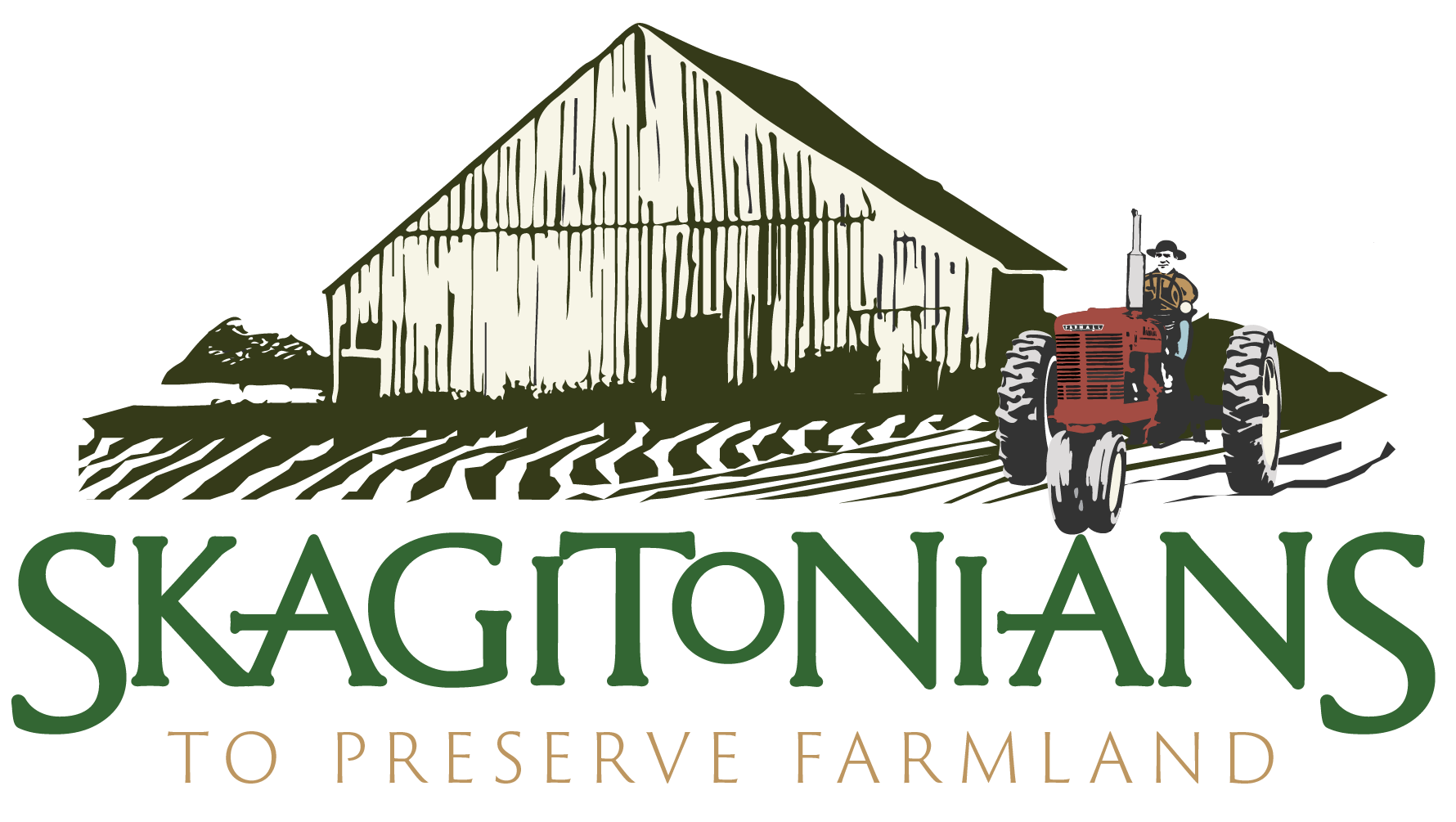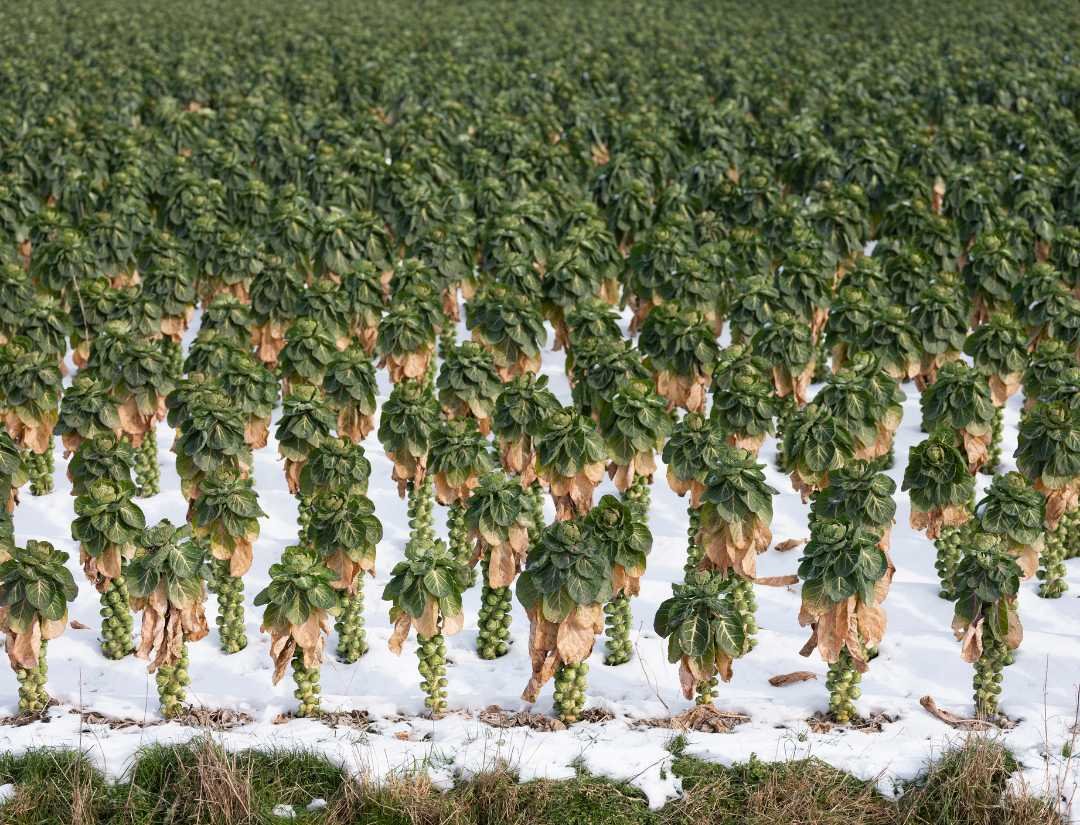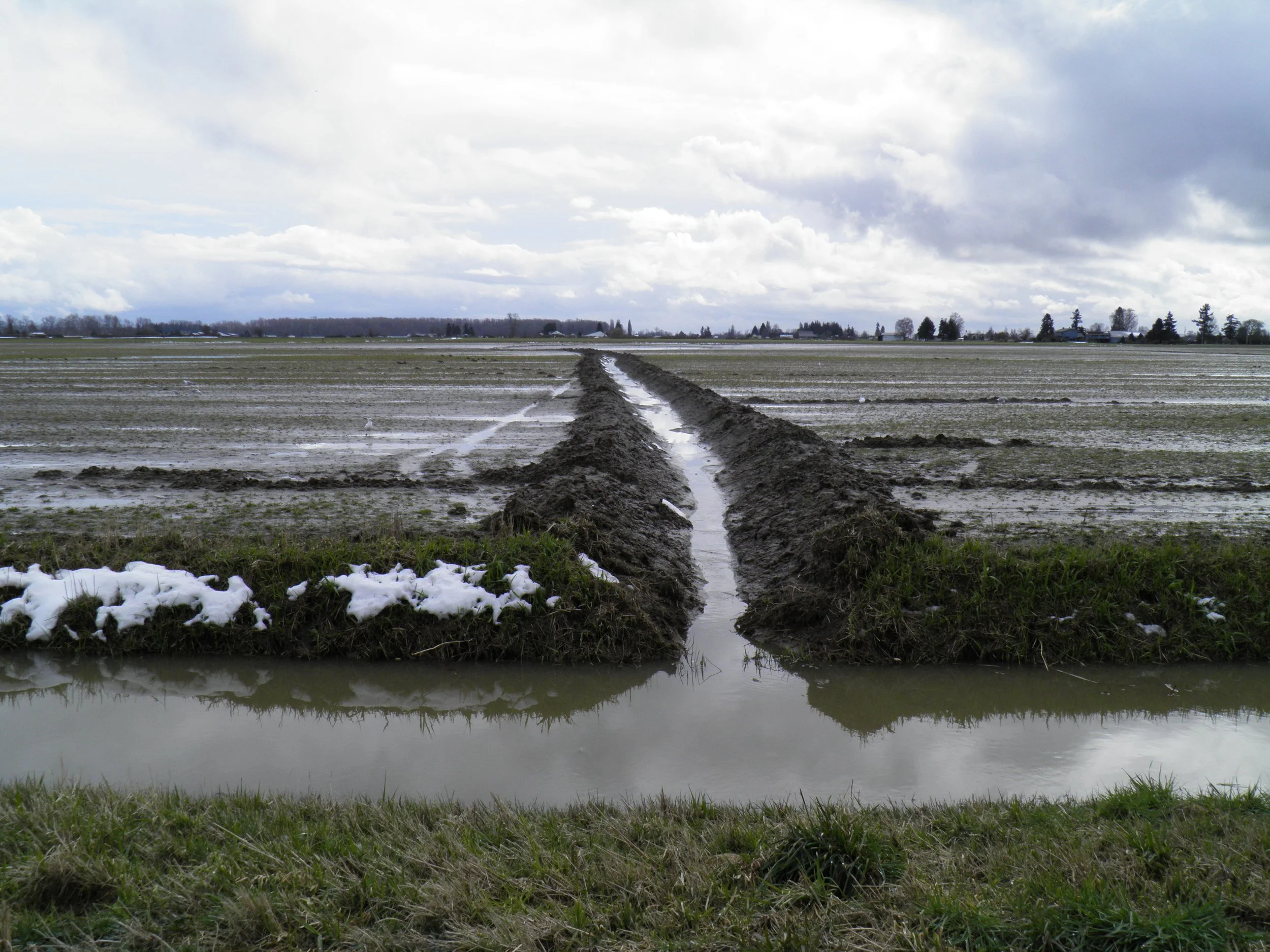Fall & Winter Crops and Challenges in Growing Them
What good is the warmth of summer, without the cold of winter to give it sweetness? John Steinbeck refers here, of course, to the contrast between the seasons.
With just a slight shift in perspective, however, it can also refer to those fall and winter crops that ripen sweeter simply because it is the cold of winter.
Plants Perfectly Evolved to Thrive
We're all used to fall harvest crops like pumpkins, squashes, apples and the like. These are crops—other than from trees—that are planted mid-summer to harvest in the fall. But there are crops that can be planted later in the year for a late-fall, early-winter, or even through-the-winter harvest.
Some area farmers extend their commercial season by growing vegetable crops evolved to thrive in cooler temperatures. Some are semi-hardy (able to tolerate light frosts of 29 to 32 degrees F) without damage.
This group includes many leafy greens—spinach, Swiss chard, cut-and-come-again salad mixes and mizuna, and cruciferous vegetables like cauliflower and cabbage, as well as root vegetables like beets and carrots. Beets and carrots are some of several crops which react to cold by producing extra sugars, making them taste that much better.
Hardy plants can tolerate hard frosts (25 to 28 degrees F) before suffering harm. Some plants can even take temperatures in the low 20s to upper teens. Among this group are kale, Brussels sprouts, kohlrabi and leeks.
But, as positive as all that sounds, there are some major challenges to successfully bringing a fall/winter crop to harvest.
Concentrating on soil, the following is in no way an exhaustive list, but it is important to note fungi are present in many forms in soil and among certain crops.
The most important are those that function as garbage disposal and resource redistribution agents, those that live within certain plants, those that function in concert within crops, and finally, those that are pathogens or parasites, either harming or protecting plants.
Growing Challenges for Fall Field Crops
In the eleven years from 2004 through 2014, the Skagit County Monitoring Program Report shows a mean average of 3.39 inches of monthly precipitation in the wet months of October through April. (The lowest monthly average per year was 2.88 inches and the highest was 3.96 inches over the eleven years.)
From 2015 through 2020 that monthly average is up nearly 14% to 3.84 inches. A simpler way to understand it is this: the monthly mean average recorded in the last six years was equaled or exceeded just once in the previous eleven years. Just once.
As of November 20, 2021 precipitation is at 7.7 inches as recorded at Skagit Regional Airport for October and November. Already the current monthly mean average has been met and there are still ten days—ten mostly wet days—forecast before the end of the month.
This current level of precipitation is what the 14% increase looks like and it potentially means trouble for field grown crops.
Too much water, water than cannot drain away quickly enough, can lead to waterlogged soil, cutting off air supply to plant roots and to the microorganisms that live in healthy soil. The result is root rot and a lost crop.
No Sign These Conditions Will Reverse Anytime Soon
According to climate modeling and seasonal data analysis by Climate Hubs of the USDA, "temperatures have risen across seasons, growing seasons have become longer, precipitation patterns have changed, and extreme precipitation events have increased in frequency and severity."
What we've been experiencing locally is wetter winter and springs, drier summers, and much wetter falls.
How to Cope Under Such Conditions
There are a number of ways to protect a field-grown crop, but whether they are successful depends on local factors. If a field can drain quickly, the soil remains healthy. A slight two percent slope is sufficient to move water away, so grading a field is the first step. It may mean the entire field won't be elevated, but a portion could be. The planting area must be prepared before the rains come; running heavy equipment over wet fields only compacts the soil and makes matters worse.
Another way to protect a fall/winter crop from excessive precipitation is to grow it under cover. For excessive amounts of rain, the most successful cover is under high tunnel hoop houses.
A high tunnel hoop house is 15 to 30 feet wide, 9 to 15 feet high and up to 200 feet in length. It looks somewhat like a quonset hut, but is more peaked at its highest point. The structure is large, but not necessarily permanent. It can be moved or reconfigured as conditions change. The crops are grown in the ground while the hoop house structure protects the crop from weather—rain, wind, cool or even warm temperatures.
Many crops can be planted more densely in a high tunnel hoop house than in an open field. There is no artificial temperature control like in a heated greenhouse; the structure passively heats up in daytime hours and keeps warmth in the ground from dissipating. There is a need to closely monitor temperature, air flow, and condensation within the high tunnel throughout the day and raise or lower the side walls accordingly.
In a Changing Climate You Control What You Can
If current trends continue and falls become wetter and wetter, the prevalence of high tunnel hoop houses may well help to produce more predictably profitable crops over taking a chance on an open field. Expect to see them more and more.
Next time: Climate is trending warmer, but what recourse is there when it skews temporarily, but devastatingly colder?
By Teresa Bennett: info@skagitonians.org




